A Practical Approach to Problematic Breast Lesions
COURSE DESCRIPTION
This interactive microscopy course, taught by experts from Harvard Medical School, Stanford and Memorial Sloan Kettering Cancer Center, is designed to eliminate a variety of practice gaps in diagnostic breast pathology.
In general, there is a misdiagnosis rate of about 10% in breast biopsies, which may be even higher for some notoriously problematic lesions. This course (through intimate mentoring) attempts to reduce or eliminate diagnostic error by highlighting pitfalls and illustrating practical approaches to resolve them, using routine microscopic examination of H&E-stained sections with appropriate ancillary testing. The intended outcome is improved clinical practice and patient outcomes.
COURSE OBJECTIVES
• Evaluate diagnostic criteria and clinical significance of various common and uncommon benign,
in situ and malignant lesions of the breast
• Describe differential diagnostic problems commonly encountered in breast
pathology and develop strategies to resolve them in the practice environment
• Utilize the latest information on the uses and limitations of immunohistochemistry
in resolving diagnostic problems in breast pathology
The United States and Canadian Academy of Pathology is accredited by the Accreditation Council for Continuing Medical Education (ACCME) to provide continuing medical education for physicians.
The United States and Canadian Academy of Pathology designates this live activity for a maximum of 17 AMA PRA Category 1 Credits™. Physicians should claim only the credit commensurate with the extent of their participation in the activity.
USCAP is approved by the American Board of Pathology (ABP) to offer Self-Assessment credits (SAMs) for the purpose of meeting the ABP requirements for Maintenance of Certification (MOC). Registrants must take and pass the post-test in order to claim SAMs credit.
Physicians can earn a maximum of 12 SAM credit hours.
Only logged in customers who have purchased this product may leave a review.
Related Products
VIDEO MEDICAL
VIDEO MEDICAL
VIDEO MEDICAL
VIDEO MEDICAL
VIDEO MEDICAL
VIDEO MEDICAL
VIDEO MEDICAL
VIDEO MEDICAL
VIDEO MEDICAL
VIDEO MEDICAL
VIDEO MEDICAL
VIDEO MEDICAL
VIDEO MEDICAL
VIDEO MEDICAL
VIDEO MEDICAL
VIDEO MEDICAL
VIDEO MEDICAL
Head and Neck, and Endocrine Pathology: Potpourri of Non-Neoplastic Lesions and Neoplasms
VIDEO MEDICAL
VIDEO MEDICAL
VIDEO MEDICAL
VIDEO MEDICAL
VIDEO MEDICAL
VIDEO MEDICAL
VIDEO MEDICAL
Diagnostic Challenges in Urologic Pathology: The Usual Suspects and The New Kids on the Block
VIDEO MEDICAL
VIDEO MEDICAL
VIDEO MEDICAL
VIDEO MEDICAL
VIDEO MEDICAL
VIDEO MEDICAL
VIDEO MEDICAL
VIDEO MEDICAL
VIDEO MEDICAL
VIDEO MEDICAL
VIDEO MEDICAL
VIDEO MEDICAL
VIDEO MEDICAL
VIDEO MEDICAL
VIDEO MEDICAL
VIDEO MEDICAL
VIDEO MEDICAL
VIDEO MEDICAL
Placental Pathology – A Tour of Common and Rare Pathologies with a Focus on Clinical Relevance
VIDEO MEDICAL
VIDEO MEDICAL
VIDEO MEDICAL


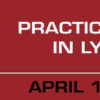
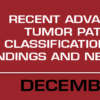

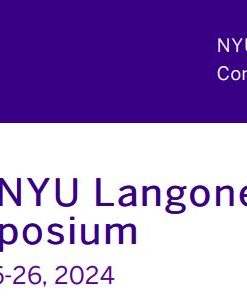
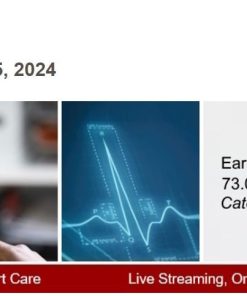
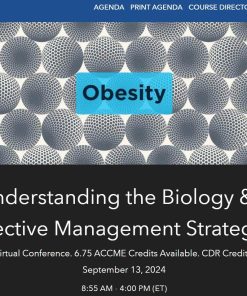
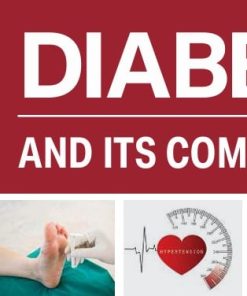
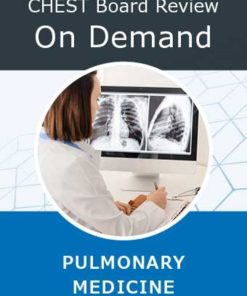
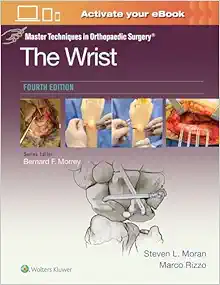
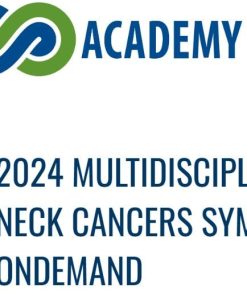

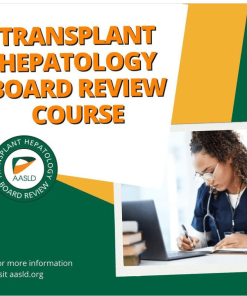
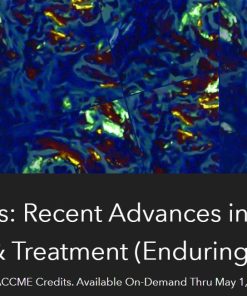
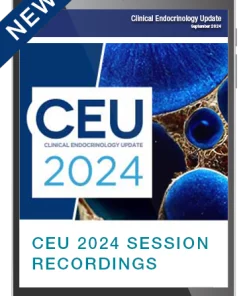
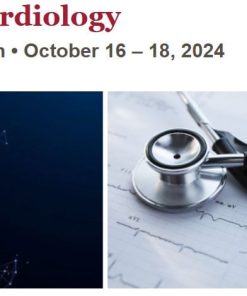
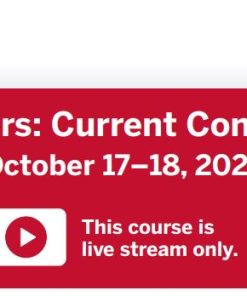
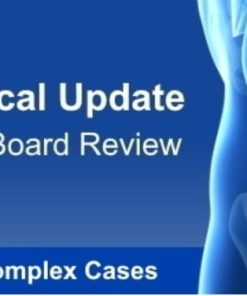
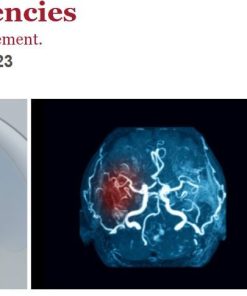
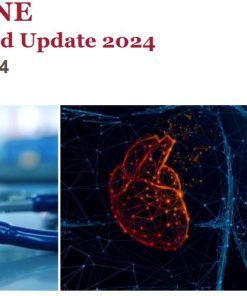
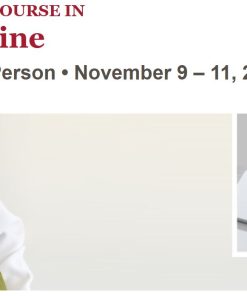

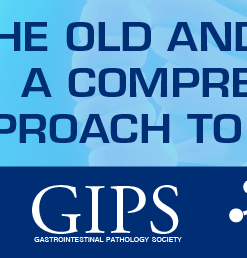

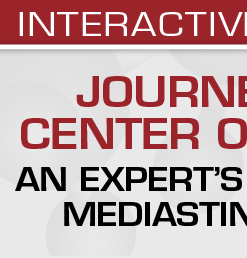
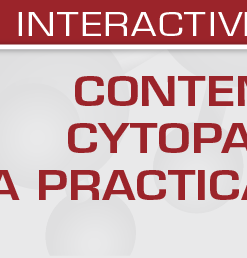

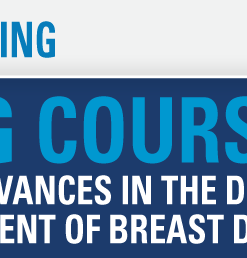

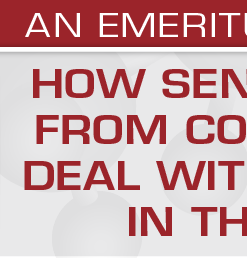
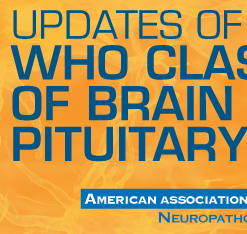
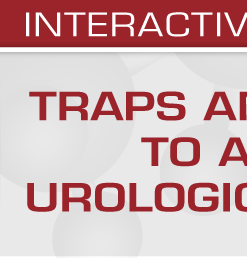
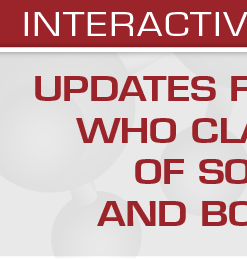

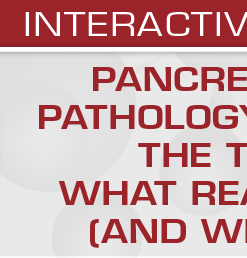

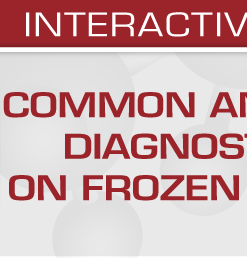
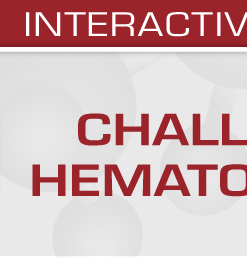

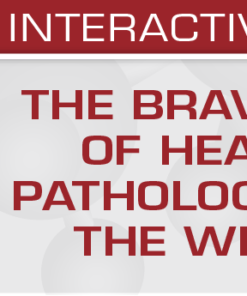



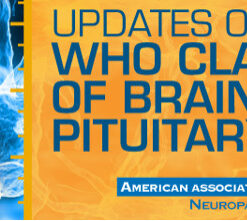
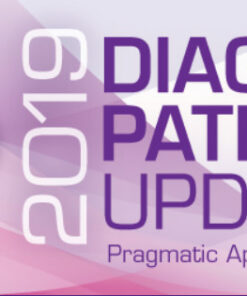
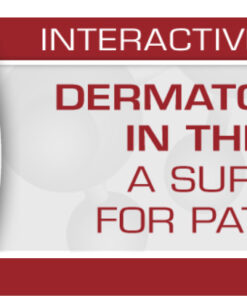
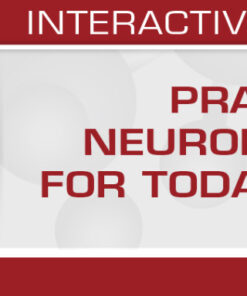

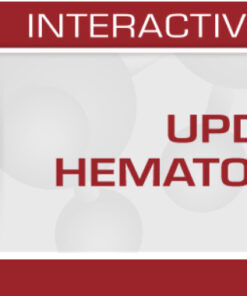
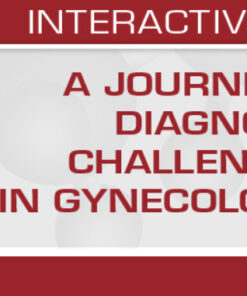
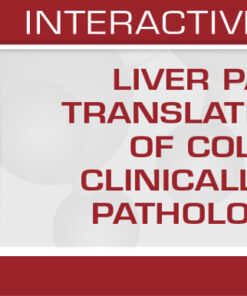

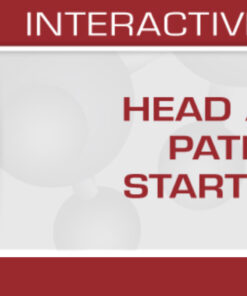
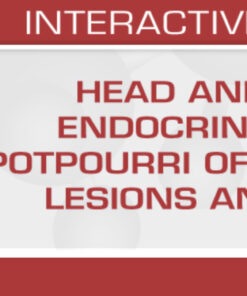
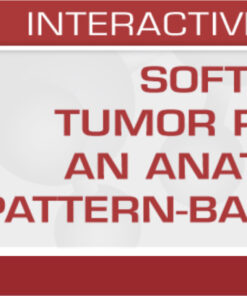
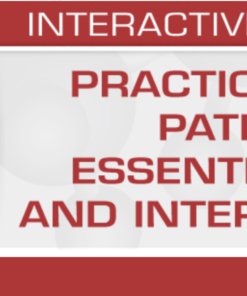
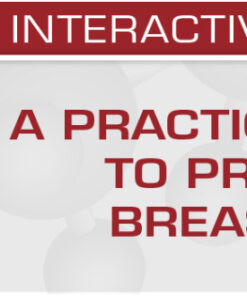
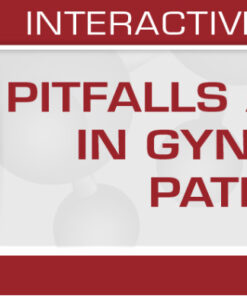
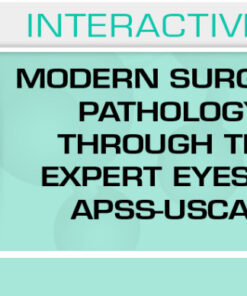
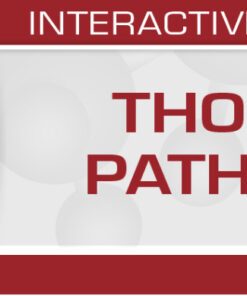
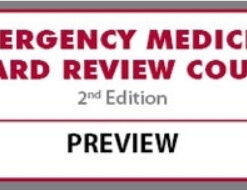
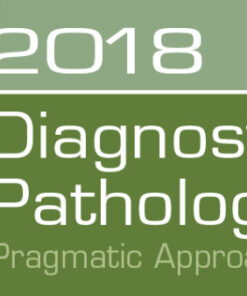
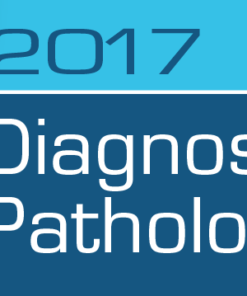
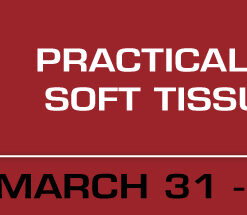
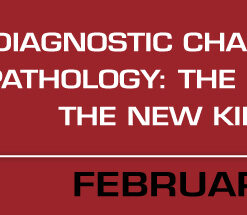
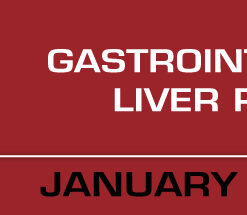
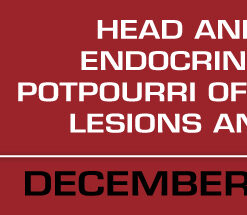
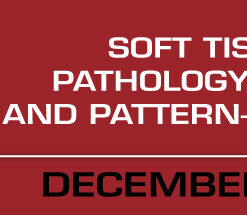
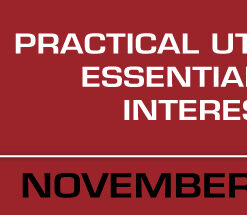
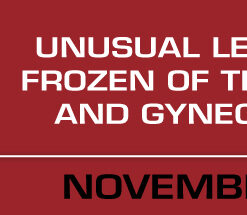


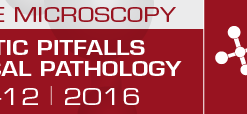
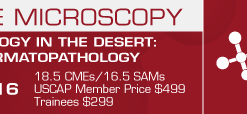
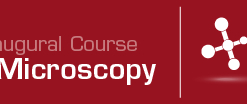
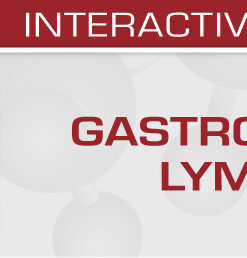
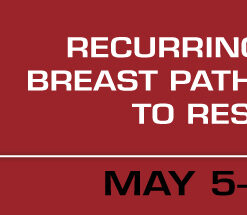

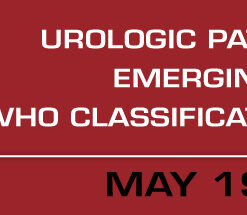
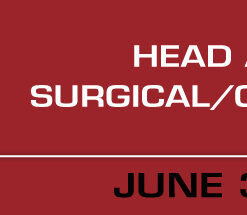

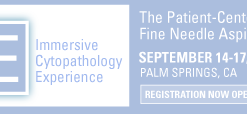

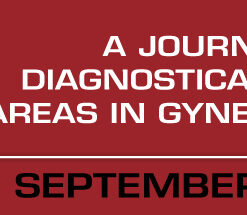
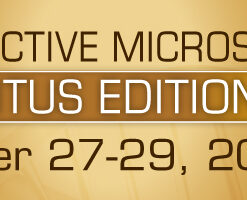
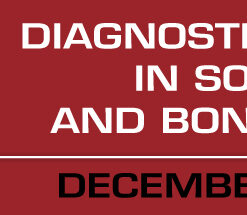
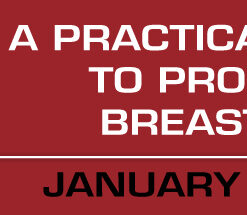
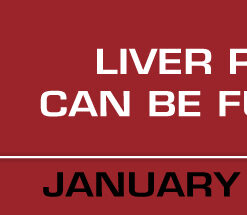


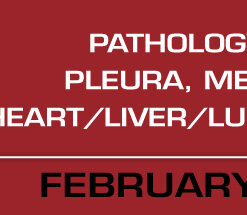
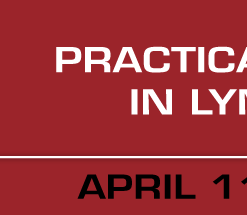

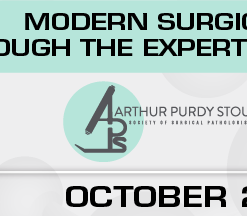
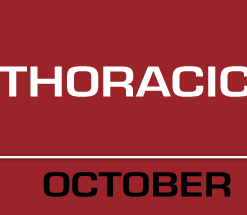
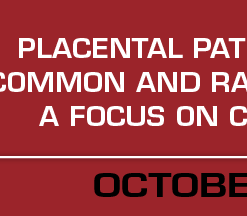
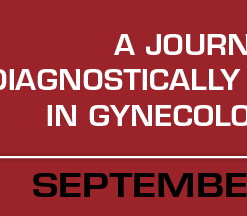
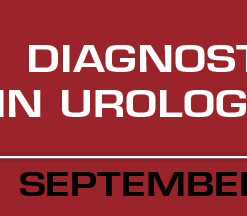
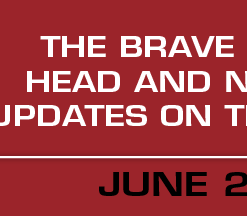
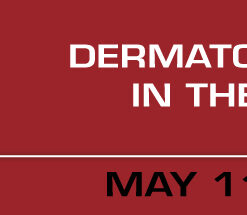

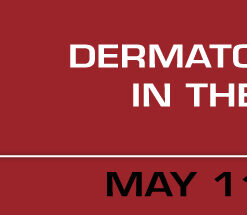

Reviews
There are no reviews yet.